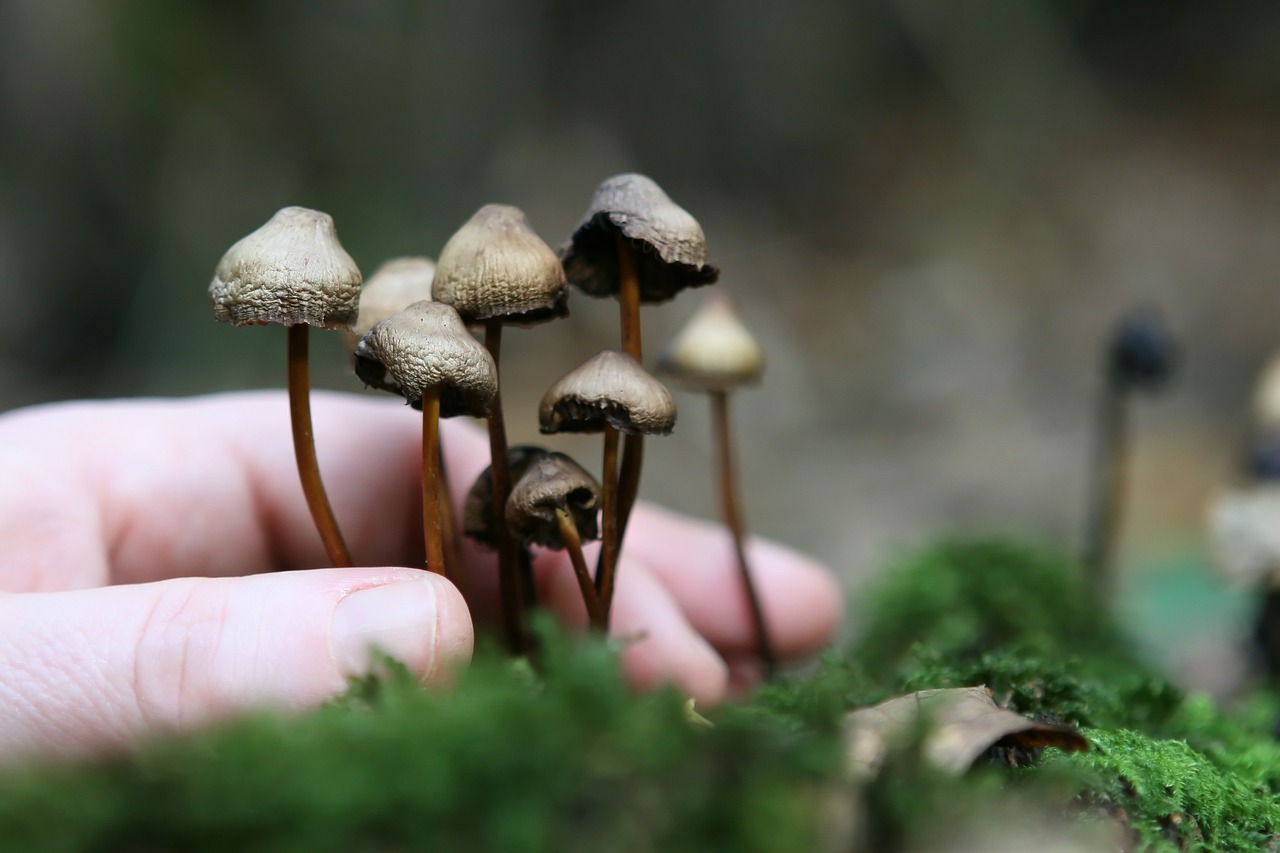Comprehending Mycelium
Mycelium, the fundamental root structure of fungi, essentially operates as the mushrooms’ digestive system. It pursues nutrients, transforms them into an absorbable format for the fungus, thereby nourishing it. The byproduct of this procedure fortifies the adjoining soil, supplying crucial nutrients to other plants and forming a nutrient-rich biomass that is ideal for gardening mulch.
Beyond their function in mushroom development, mycelium networks are indispensable to the health and growth of numerous earthbound plants, including trees. For example, tree roots engage in a mutually beneficial exchange with fungi: the tree provides the fungus with carbon in the form of sugars, and reciprocally, the fungus provides the tree with vital minerals like nitrogen and phosphorus. Learn more about this interaction here.
Fascinatingly, mycelium networks act as a kind of subterranean communication network among plants, analogous to the neural networks in our brains. Emerging scientific research proposes that plants and trees may have rudimentary nervous systems that fungi could possibly influence, impacting functions such as communication, memory, and learning. Furthermore, mycelium contributes to soil health by decomposing decaying organic matter and neutralizing any present pollutants.
If cultivating magic mushrooms piques your interest, grasping the growth of mycelium is vital. While the cultivation procedure may be intricate for beginners, acquiring knowledge about mycelium is an essential first step. While purchasing mushrooms from Shrooms For Sale Canada online is always an option, understanding mycelium can enrich your cultivation journey.
Mycelium Growth Process
When fungal spores encounter a growth-friendly environment, they kick-start the formation of two mycelium types. Primary or monokaryotic mycelium, the first type, is distinguished by a single nucleus in each cell and is typically invisible to the human eye. The second type, called secondary or dikaryotic mycelium, is visible and houses two nuclei per cell.
As the fungal spores germinate, they form the initial or primary mycelium, known as the monokaryotic mycelium. If this mycelium encounters another compatible monokaryotic mycelium, they can combine to create the second stage, termed the dikaryotic mycelium. This secondary mycelium possesses the ability to spawn mushrooms or sclerotia.
Mycelium Categories
Mycelia are classified into three types, with two being indicators of successful cultivation.
- Rhizomorphic mycelia extend like threads and are made up of units called hyphae, with the rhizomorphs being the network of grouped hyphae. Rhizomorphic mycelia expand initially, then send chemical signals back to the colony signaling that the area ahead is fit for nutrient delivery. The remainder of the mycelia then follows. The hyphae at the tip of the rhizomorphic mycelia secrete peroxidase, a substance that breaks down the material in front of it for sustenance. The hyphae then spread over the material, circulating the nutrients throughout the colony. This mycelia type is favored by many cultivators due to its higher propensity for mushroom production as the Rhizomorphic mycelia sprout from the substrate.
- Tomentose, or “Fluffy” mycelia, bear more resemblances than differences to Rhizomorphic mycelia. However, the layout of the fluffy mycelia strands is distinctive. While the strands may not be instantly visible, they are indeed there. The cotton-ball-like appearance reveals that the strands are bundled together. The mycelia’s development into tomentose or rhizomorphic traits largely depends on the growing conditions. Cultivators continuously debate whether the type of mycelia impacts the growth rate or the yield.
- Aerial mycelia appear when the growth conditions are less than ideal. Under these circumstances, the mycelia tend to expand outward instead of spreading across the medium or forming a cluster. Often misidentified as a bacterial infection, this type of mycelia can obstruct your mushroom cultivation, leading to smaller, weaker mushrooms. Aerial mycelia typically arise from insufficient fresh air exchange and excessive humidity.
Mycelium or Mold?
It is vital to distinguish between mold and mycelium. If you observe green, blue, gray, or black patches on or inside your fruiting box, it likely means your culture is contaminated. Discoloration is the main sign. However, blue spots can sometimes merely represent bruises.
Cobweb molds are typically quite apparent. Instead of the bright The Mycelium is usually characterized by a greyish shade and a texture that is both stringy and fluffy. Although cobweb molds and green molds do not pose a direct threat to human health, they can adversely impact the wellbeing of your mushrooms.
Shrooms For Sale Canada: Your Premier Destination for Mushroom Knowledge
Whenever you contemplate about psychedelic mushrooms in Canada, remember Shrooms For Sale Canada. We are committed to delivering insightful information to help you enjoy a secure and pleasant mushroom experience.





